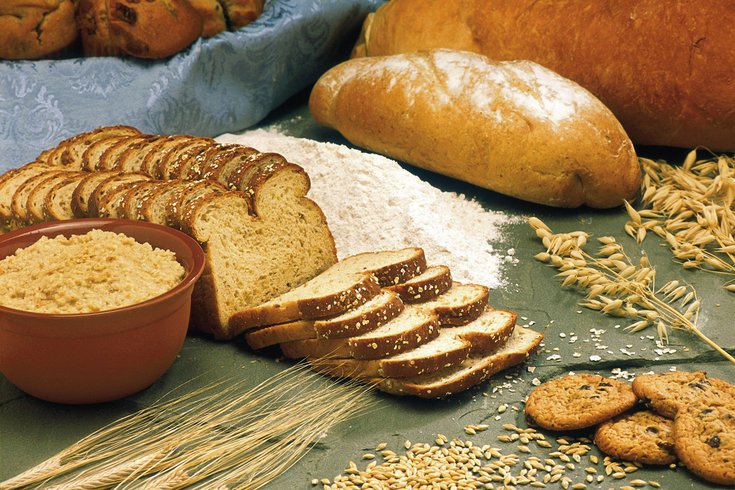
August 11, 2020
 FotoshopTofs/Pixabay
FotoshopTofs/Pixabay
Current labeling practices can make identifying healthier whole grain foods difficult. A policy change is needed, according to researchers of a new study.
The labels of many whole grain products are so confusing – and potentially misleading – that many people have trouble picking out the healthier options at the supermarket.
A new study, published Monday in Public Health Nutrition, tested participants on their abilities to distinguish healthy whole grain breads, cereals and crackers by simply reading the product labeling.
A nationally representative sample of 1,030 adults were presented photos of real and hypothetical products that included various whole grain labels on the front of the package. The nutrition facts label and ingredients list also were included.
The participants were asked to identify the healthier option among the hypothetical products. For the real products, they were asked to estimate the whole grain content.
They were not very good at either task.
Nearly 50% overestimated the whole grain content of the real products, which included product labels of "multigrain," "honey wheat" and "12 grain."
More specifically, 41% overstated the whole grain content of multigrain crackers. About 43% did so for a honey wheat product and 51% overstated the content of 12-grain bread. The participants most accurately estimated the whole grain content for an oat cereal that was almost entirely whole grain.
"Manufacturers have many ways to persuade you that a product has whole grain even if it doesn't," said researcher Parke Wilde, a food economist at Tufts University. "They can tell you it's multigrain or they can color it brown, but those signals do not really indicate the whole grain content."
When it came to the hypothetical products, 29 to 47% of the respondents incorrectly identified the healthier options: 31% for cereal, 29-37% for crackers and 47% for bread.
The hypothetical products either lacked a whole grain label or were marked as "multigrain," "made with whole grains," or included a whole grain stamp.
Consumer misunderstanding of whole grain labels is so widespread that it's enough to warrant enhanced U.S. labeling requirements to prevent deceptive advertising, researchers concluded.
"With the results of this study, we have a strong legal argument that whole grain labels are misleading in fact," said researcher Jennifer L. Pomeranz, an assistant professor of public health policy and management at New York University. "I would say when it comes to deceptive labels, 'whole grain' claims are among the worst. Even people with advanced degrees cannot figure out how much whole grain is in these products."
While all grains are a good source of complex carbohydrates, incorporating more whole grains into your diet has been shown to reduce the risk of heart disease, type 2 diabetes and cancer. According to 2015-2020 Dietary Guidelines for Americans, whole grains should account for half of all the grains a person consumes.
"A large chunk of Americans' daily calories — 42% — comes from low quality carbohydrates, said researcher Fang Fang Zhang, a nutrition epidemiologist at Tufts. "Consuming more whole grains can help change that, but the policy challenge is to provide consumers with clear labels in order to make those healthier choices."
The best way to tell if a product is a whole grain product is to make sure grains like barley, brown rice, oatmeal and buckwheat appear among the first couple of ingredients on the labeling, according to Mayo Clinic nutritionists.